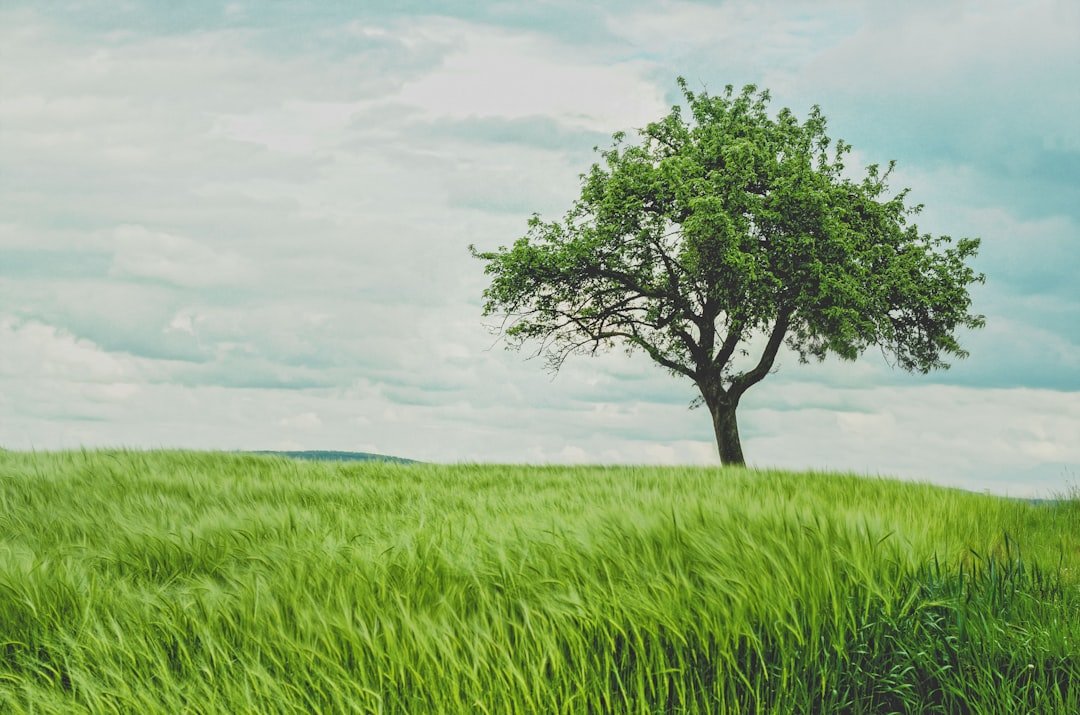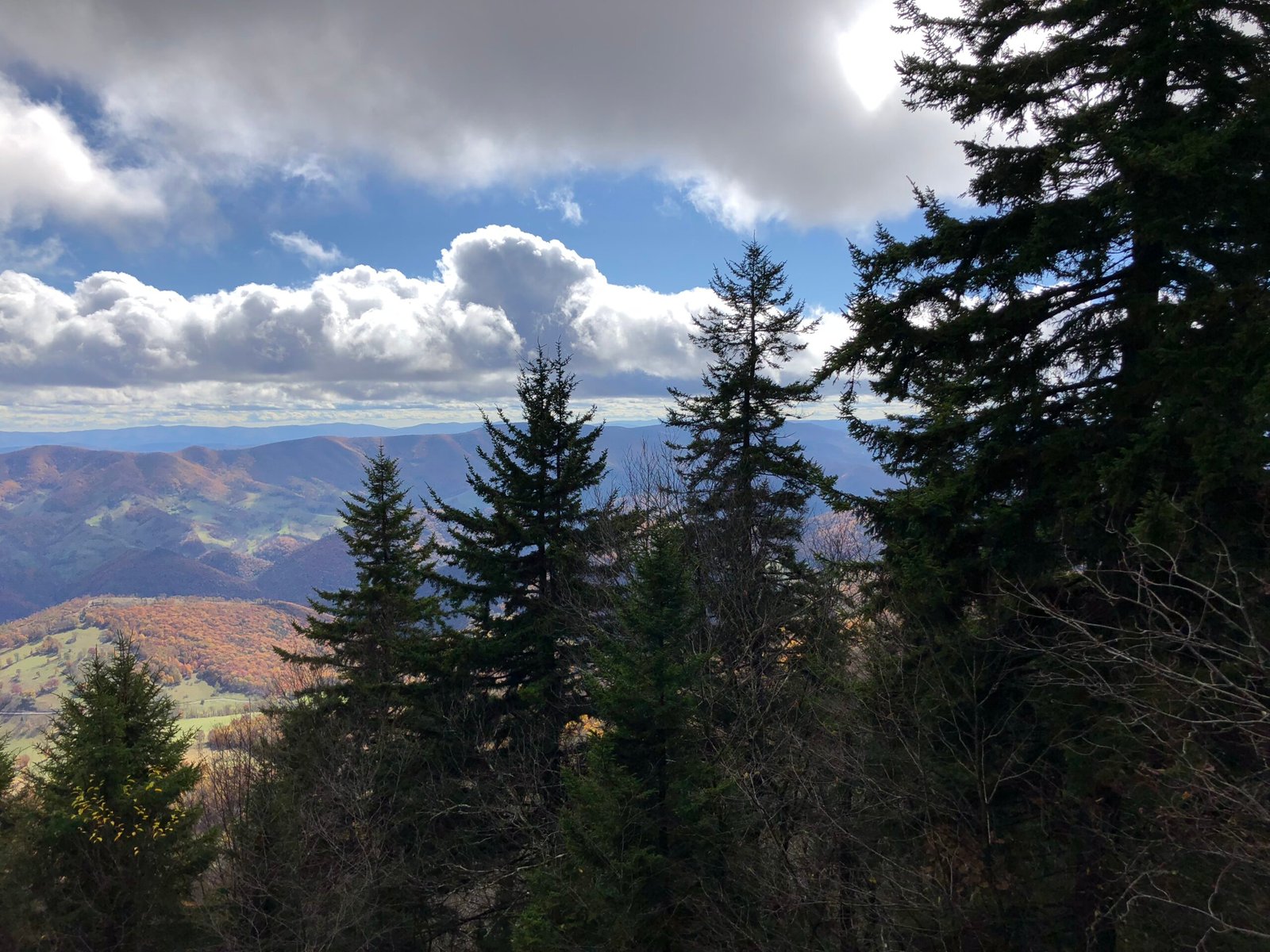Imagine stepping into a dense, ancient forest. The air is thick with the earthy scent of moss, and the dappled sunlight shimmers through a canopy of green. Now, picture this: beneath your feet and all around you, trees are sending secret signals, sharing resources, and even warning each other of danger—almost like a hidden conversation happening in slow motion. It sounds like something pulled straight from a fantasy novel, but recent scientific discoveries suggest this is not just imagination. Trees may be far more social and interconnected than we ever dreamed. Welcome to the awe-inspiring world of tree communication—a realm where the forest whispers, responds, and even remembers.
The Mysterious Language of Trees
For centuries, the idea that trees could “talk” to each other was dismissed as fanciful thinking. Scientists and poets alike admired forests, but few believed in real communication between plants. However, studies in recent decades have started to unravel the complex ways trees exchange information. Trees don’t use words, of course, but they do rely on chemical signals, electrical impulses, and underground networks. This “language” is subtle and slow, but incredibly effective. Whether it’s sharing warnings about pests or announcing the arrival of rain, trees have developed unique strategies to keep each other informed.
The Wood Wide Web: Nature’s Underground Network
Imagine a network as complex as the internet, but hidden beneath the soil. This is the “Wood Wide Web”—a nickname for the vast underground mycorrhizal network formed by fungi and tree roots. Mycorrhizal fungi attach to tree roots and connect different trees, allowing them to exchange nutrients, water, and information. Through this network, a tree under attack by insects can send chemical signals, prompting its neighbors to boost their defenses. It’s almost like a woodland emergency broadcast system, with the fungi acting as the cables and wires.
Chemical Signals: Trees Scent the Air
When a tree is damaged by insects, it releases specific chemicals called volatile organic compounds (VOCs) into the air. These scent molecules drift to neighboring trees, alerting them to the threat. In response, those trees ramp up their own chemical defenses, producing substances that repel insects or attract predators of the pests. This airborne messaging system is surprisingly sophisticated. It can even distinguish between different kinds of attackers, tailoring the “message” to fit the threat. What seems like a simple whiff of pine or oak is actually a coded warning.
Root-to-Root Conversations
Roots do more than anchor trees to the ground; they’re also crucial communication tools. Trees can send electrical impulses through their roots, which are picked up by surrounding plants. These impulses often work in tandem with chemical signals, creating a two-pronged approach to sharing information. For example, when one tree is stressed by drought, it may signal its neighbors, prompting them to adjust their water usage. This root-level communication can span impressive distances, linking trees that stand meters apart above ground.
Mother Trees: Forest Nurturers
In many forests, certain large, old trees—often called “mother trees”—play a central role in supporting younger or weaker neighbors. These matriarchs use the underground fungal network to send extra nutrients, like carbon and nitrogen, to saplings struggling in the shade. In a way, mother trees act as caretakers, ensuring the next generation survives. They’ve even been observed sending resources to their own offspring more frequently than to unrelated trees, showing a kind of botanical kinship. It’s a touching reminder that the forest can be both competitive and compassionate.
Defensive Alliances: United Against Enemies
Forests are full of dangers: insects, animals, diseases, and even humans. Trees have learned to form alliances for mutual protection. When one tree detects a threat, its warning signals can trigger defensive responses in neighboring trees, strengthening the whole community’s resistance. This teamwork is especially important during large insect outbreaks or fungal invasions. Some studies suggest that trees growing together in mixed-species forests are better at fending off disease than those in monocultures, thanks to their shared communication and support.
Tree Memory: Can Trees Remember?
Believe it or not, trees have a kind of memory. When exposed to a repeated stress—like drought or pest attacks—trees can “remember” the event and respond more quickly next time. This memory is stored at the cellular level, often in the form of epigenetic changes, where certain genes are turned on or off. It’s as if the tree keeps a mental note: “Last time, this happened—be ready.” This remarkable ability helps forests adapt to changing environments and survive in the long run.
Seasonal Signals: Preparing for Change
As the seasons shift, trees need to coordinate their activities—dropping leaves, growing buds, or sending out flowers. Communication helps synchronize these changes, ensuring the whole forest responds together. Some trees release hormones that trigger leaf drop in their neighbors, while others time their flowering to avoid competition for pollinators. This shared timing creates the stunningly synchronized events we see in spring and autumn, when entire forests seem to transform overnight.
Competition and Cooperation: The Balance of the Forest
While trees often cooperate, they also compete fiercely for sunlight, water, and nutrients. Through their underground networks, strong trees might sometimes limit the resources available to rivals, ensuring their own survival. Yet, this competition is balanced by cooperation, especially in times of crisis. The forest is like a community—sometimes neighbors help each other, sometimes they look out for themselves. Understanding this balance is key to appreciating the complexity of tree communication.
Warning Signals: Early Alerts and Defense Mechanisms
When danger approaches, such as a swarm of bark beetles, some trees ramp up their defenses before the attack even begins. As soon as one tree senses the beetles, it releases chemical warnings that travel through the air and soil. Neighboring trees pick up these cues and begin producing thicker bark or toxic compounds to deter the invaders. In some cases, these early alerts can save entire groves from devastation, showing how vital communication is to the forest’s survival.
Helping the Weak: Support for Sick or Injured Trees

Not all trees stand tall and healthy. Some are damaged by storms, disease, or old age. Remarkably, healthy trees have been observed sending extra sugars and nutrients to their ailing companions via root and fungal networks. It’s as if the forest has a built-in healthcare system, ensuring that no tree is left completely alone. This support can help sick trees recover or at least prolong their lives, maintaining a more resilient ecosystem.
Tree Communication in Urban Environments

You might think of this secret language as something that only happens in wild forests, but urban trees communicate too. Street trees, park groves, and even isolated trees in backyards can connect when their roots or fungal partners meet beneath the pavement. Urban environments pose unique challenges—pollution, compacted soil, limited water—but trees adapt, forming underground connections wherever possible. These connections can make urban greenery more robust and help cities become healthier places to live.
Human Impact on Tree Networks
Modern forestry, construction, and pollution can disrupt the delicate networks trees rely on. When roots are cut or soil is compacted by heavy machinery, the underground fungal connections can break, isolating trees from their neighbors. This isolation can make them more vulnerable to disease and stress. Understanding the importance of these networks has prompted some foresters and city planners to change how they manage forests and green spaces, aiming to protect the invisible bonds that keep trees healthy.
Tree Communication and Climate Change
As climate change brings longer droughts, stronger storms, and shifting seasons, the ability of trees to communicate becomes even more critical. By sharing information about water shortages, temperature spikes, or pest outbreaks, trees can adjust their responses and help each other survive. Scientists are studying how resilient these networks are to rapid environmental changes, hoping that the lessons learned from forests can guide conservation efforts and help mitigate the effects of a warming planet.
Lessons from Indigenous Wisdom
Long before modern science caught on, many Indigenous cultures believed in the sentience and interconnectedness of trees. Traditional stories often describe forests as living communities, full of relationships and conversations. Recent scientific findings are beginning to validate these ancient perspectives, bridging the gap between cultural wisdom and scientific discovery. Listening to both science and tradition can deepen our understanding of tree communication and inspire new ways to care for the natural world.
Future Frontiers: What We Still Don’t Know
Even with all that we’ve learned, the world of tree communication is still full of mysteries. Scientists are just beginning to understand the full range of signals trees can send and how far these messages travel. There may be forms of communication we haven’t even imagined yet—perhaps involving electrical signals, vibrations, or unseen chemical cues. Each new discovery raises more questions, fueling the curiosity of researchers, nature lovers, and anyone who’s ever wondered what secrets the forest holds.
The Wonder of the Whispering Woods

Walking in the woods will never feel the same once you know trees are quietly talking all around you. This hidden world of signals and support transforms forests from collections of silent giants into vibrant, interactive communities. The next time you wander beneath the trees, pause for a moment and listen—not with your ears, but with your imagination. The forest may just be whispering its ancient, enduring stories.


